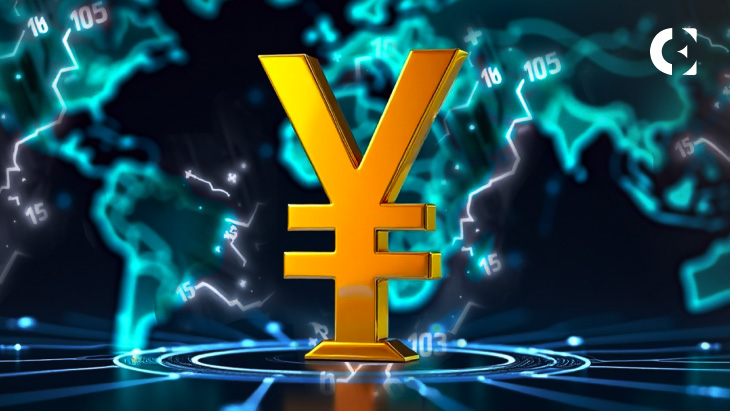- China’s CIPS 2.0 reportedly launches across 16 ASEAN and Middle Eastern countries.
- Digital yuan completes cross-border payments in 7.2 seconds versus SWIFT’s 3-day cycle.
- Transaction fees reportedly drop from 4.95% to nearly zero for international settlements.
China’s Cross-Border Interbank Payment System (CIPS 2.0), powered by the digital yuan, reportedly went live across 16 countries in Asia and the Middle East. Financial analyst Eric Yeung shared details of what he describes as the opening salvo in a “bloodless currency war” that could fundamentally challenge dollar hegemony.
According to Yeung, the system’s inaugural transaction, a 120 million yuan ($16.5 million) payment for auto parts, cleared from Shenzhen to Kuala Lumpur in just 7.2 seconds. This nearly instantaneous settlement stands in stark contrast to SWIFT’s traditional three-day processing cycle.
Digital yuan use is purported to address three underlying issues with the current dollar-denominated payment system. First, it reduces costs. Yeung illustrates with a $100,000 cross-border payment between nations using SWIFT, where the cost was $4,950 (4.95%) and took three days to process. The same payment using CIPS 2.0 was reported to cost $0.12 and was processed instantaneously.
That could represent a 90% reduction in the cost of cross-border trade payments. Second, the system is said to provide technology benefits aside from speed. As stated by Yeung, Singapore-based DBS Bank has tested out the digital yuan‘s “dual offline payment” ability, which can execute transactions even without internet access.
Related: Trump Prioritizes Resolving China Trade Spat Before Finalizing TikTok Deal
Further, the use of smart contract technology is said to enable automatic payment when goods reach the port. Third, Yeung writes about a case from the UAE Central Bank in which the system’s records tracked a money laundering attempt through 16 accounts. AI controls prevented the suspicious transaction in 0.3 seconds.
This is different from the usual SWIFT process, which is said to require manual screening for 85% of money laundering attempts across borders. Its ramifications might be highly meaningful. Yeung clarifies that ASEAN members have prepared blueprints to use digital yuan for 90% of trade between them by 2025, and Indonesia has put this currency on its list of foreign exchange reserves. Most notably, Saudi Aramco is reportedly quoting 65% of a crude oil contract with Sinopec in digital yuan.
Western financial centers appear to be scrambling to catch up. According to Yeung, the City of London has launched a “digital pound accelerator,” though Bank of England officials allegedly admitted being “at least 2.3 years behind China.” This technological gap could prove difficult to close, particularly as China controls significant portions of the global rare earth refining (78%) and neodymium magnet production (85%).
Related: People’s Bank of China Urges Widening the Use of Digital Yuan
Yeung concludes by framing this development not merely as a currency competition but as a change in monetary civilization. Citing Nobel economist Stiglitz, he suggests the digital yuan isn’t simply replacing the dollar but “redefining the dimensions of monetary civilization” by transforming cross-border payments from “exclusive couriers for elites” to “instant messaging for all.”
Disclaimer: The information presented in this article is for informational and educational purposes only. The article does not constitute financial advice or advice of any kind. Coin Edition is not responsible for any losses incurred as a result of the utilization of content, products, or services mentioned. Readers are advised to exercise caution before taking any action related to the company.







